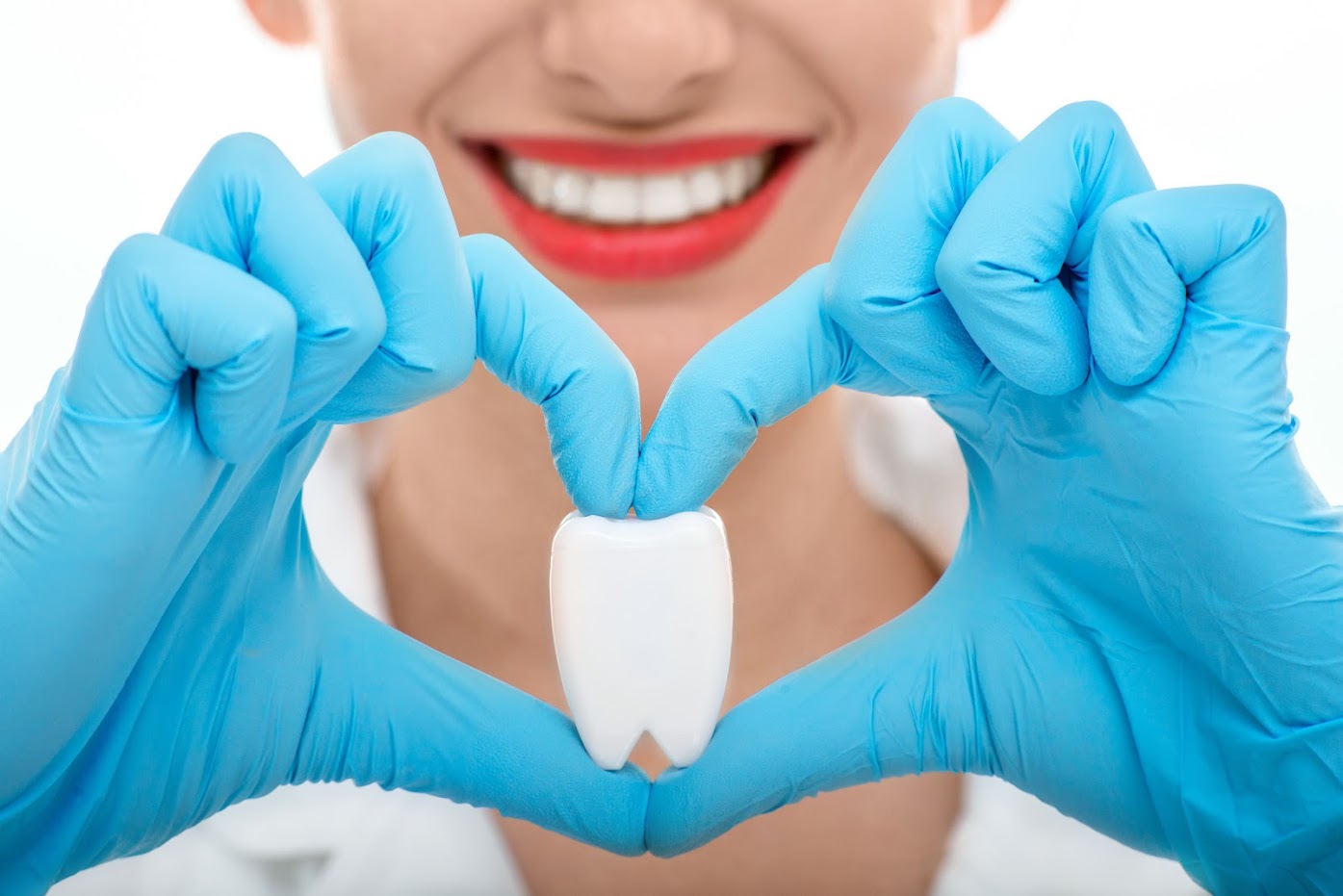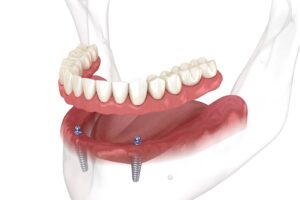If you want to transform your teeth and get a bright, shining smile, your dentist will probably suggest dental prostheses and implants. So, here is everything you need to know about the differences between porcelain prostheses and hybrid prostheses on implants in order to make an informed decision about the future of your teeth and the materials that would be the best fit.
Porcelain prostheses offer a more natural look, but they are more fragile and not as long-lasting. They require multiple appointments and are more expensive. On the other hand, hybrid prostheses are more affordable, stronger, and more durable, but they don’t look as natural.
What Are Porcelain Prostheses
Porcelain prostheses, also known as all-ceramic or all-porcelain restorations, are dental prosthetic devices crafted entirely from ceramic materials. Porcelain prostheses are renowned for their translucency, which allows them to reflect light in a manner similar to natural teeth. They closely mimic the natural appearance of teeth, making them a popular choice for those seeking lifelike dental implants that seamlessly blend with their existing teeth.
Although porcelain prostheses excel in aesthetics and natural appearance, it’s important to note that they may not be as strong as other prosthetic options and can be more prone to chipping or cracking under excessive force.
What Are Hybrid Prostheses
Hybrid prostheses are a versatile and durable dental restoration solution designed to address complex cases of tooth loss. These prostheses typically consist of a combination of different materials, often made of titanium, for exceptional strength and stability. They feature a visible acrylic or resin portion, which mimics the appearance of natural teeth.
The metal substructure provides strong support and retention, while the acrylic or resin portion ensures a natural and aesthetically pleasing look. Hybrid prostheses are especially beneficial for patients with significant tooth loss, as they are strong enough to be used to replace multiple missing teeth or even an entire arch. If you’re looking for a strong, durable option that will still look natural, hybrid prostheses are the choice for you.
Who Is the Ideal Candidate for Both of These Prostheses?
Both porcelain and hybrid prostheses are excellent for those looking to restore their smile. If you want the most natural appearance of your teeth and you don’t have many teeth that need fixing, porcelain is the way to go.
On the other hand, hybrid prostheses are a better choice for patients with more complex cases of tooth loss, such as those missing multiple teeth or entire arches. Make sure to consult with a dental professional in order to decide on the best option for your specific needs.

Porcelain vs. Hybrid Prostheses – What Each Brings to the Table
Both porcelain and hybrid prostheses have their advantages and disadvantages, and they are better suited for different types of implants. Here are all the important differences you should take into consideration before deciding which one would be the best fit.
Aesthetic Differences
The biggest difference between these two types of prostheses is in their appearance. Porcelain prostheses are by far more natural looking, as they closely mimic the translucency and shine of real teeth, making them virtually indistinguishable from the patient’s natural teeth. While still achieving a nice look, the visible portion of hybrid prostheses is made of acrylic or composite resin, which can’t achieve the same natural appearance and level of translucency and light reflection as porcelain.
Functional Differences
While porcelain prostheses win when it comes to appearance and aesthetic purposes, hybrid prostheses take the lead in functionality. Porcelain prostheses look and act as natural teeth, making them more prone to damage from excessive force or grinding. Hybrid prostheses offer more strength and durability, making them an ideal choice for those who prioritize functionality and longevity over perfect aesthetics.
Cost Implications
Hybrid prostheses are by far more affordable and cost-effective. Porcelain prostheses are more expensive due to better quality materials, and they are a great choice for those who are ready to spend a little more on a more natural smile.
Procedure & Recovery
There is also a significant difference in the procedure – porcelain prostheses require at least two appointments, while hybrid ones can be attached in a single appointment. The recovery time is longer with porcelain prostheses simply because they require multiple procedures.
Visit Miami Cosmetic Smile Design and We’ll Help You Get a Perfect Smile
If you’re having trouble deciding between porcelain and hybrid prosthesis on implants, contact us and book an appointment with our dentist to discuss the best course of action. At Miami Cosmetic Smile Design, we make sure our customers leave with a perfect smile on their faces.





